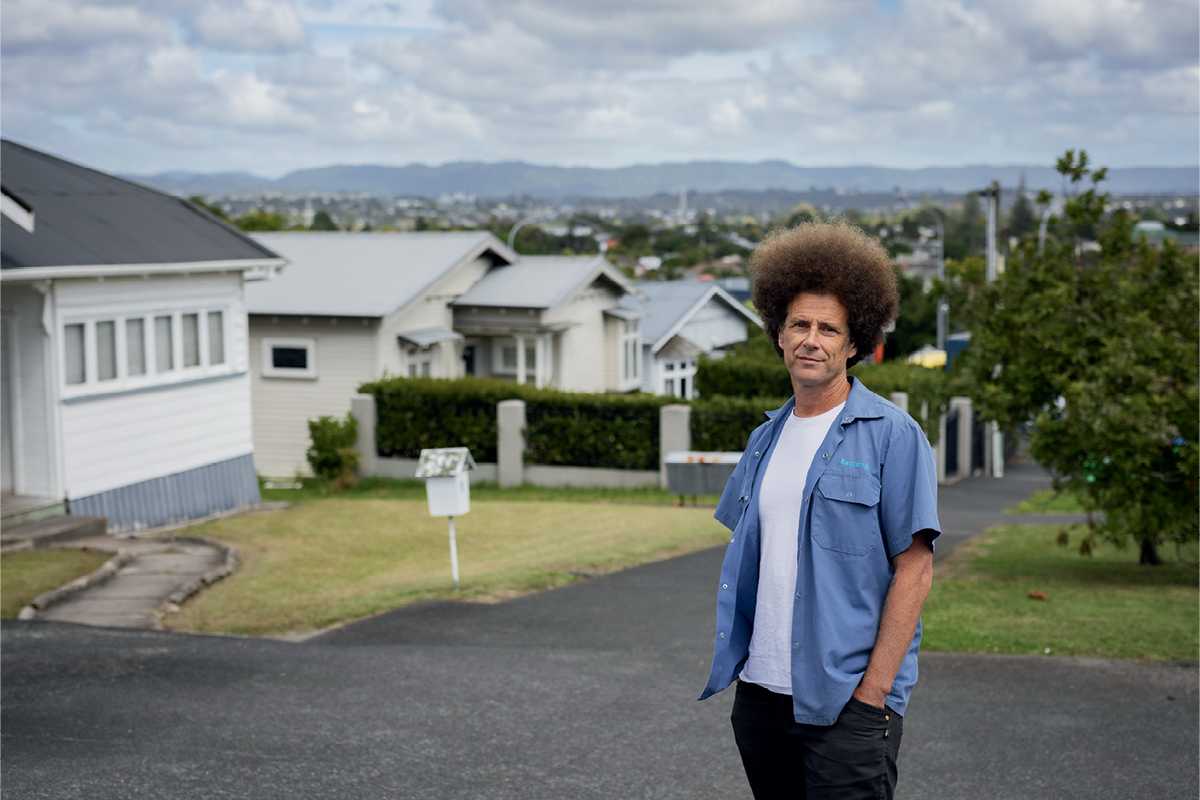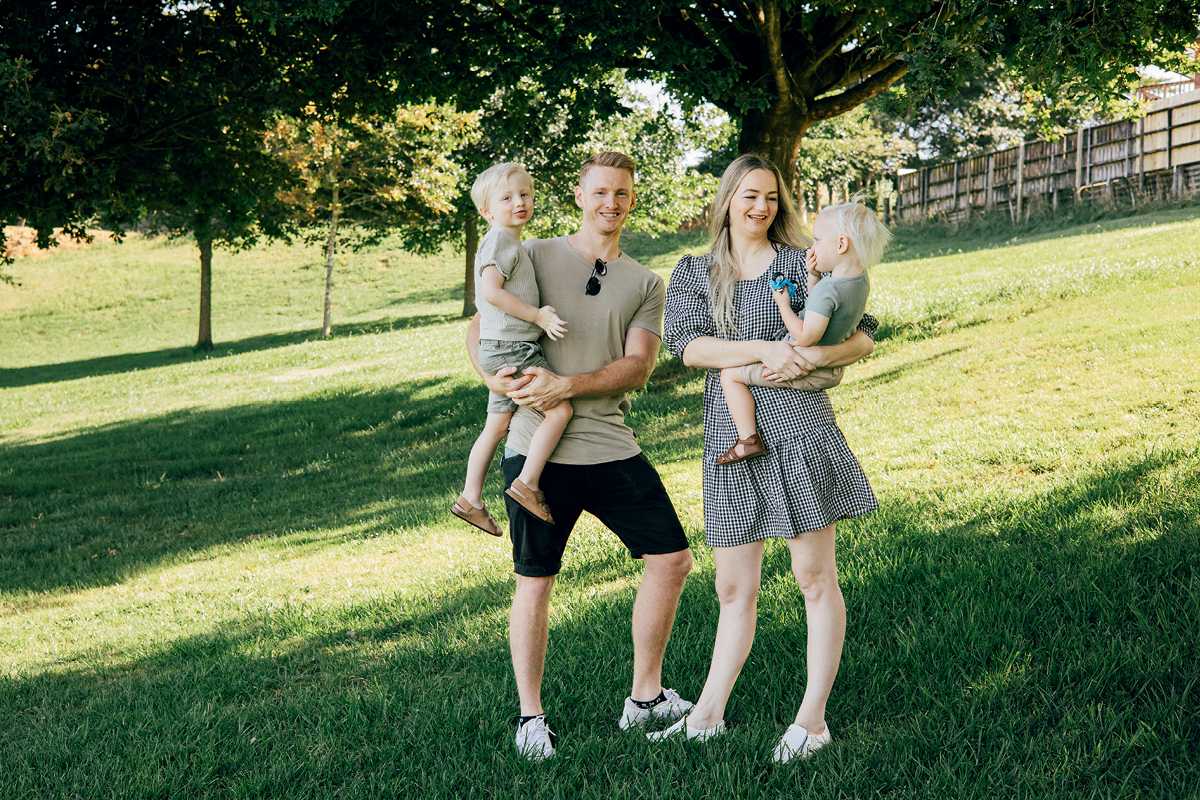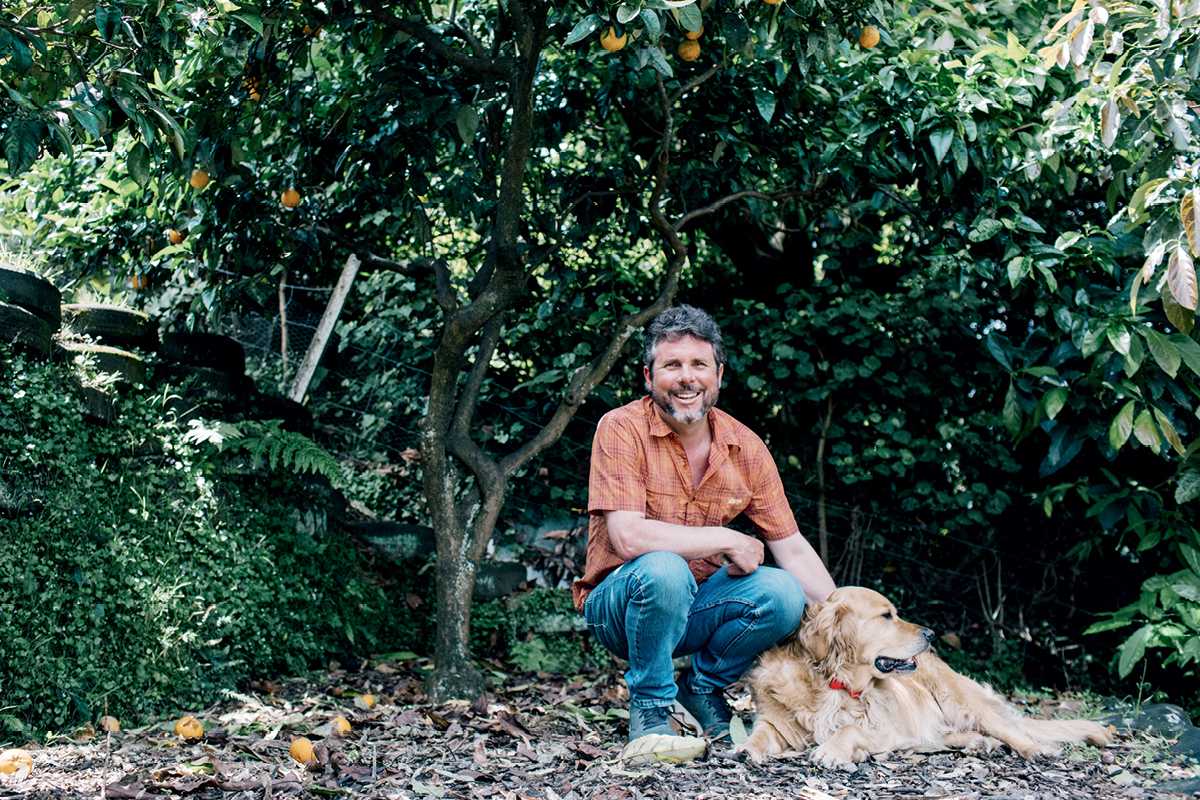
Life In The Fast Lane
A young investor couple bought their first property four years ago, and have completed 14 trades since, writes Joanna Jefferies. Photography by Stephanie Creagh.
1 October 2019
The first time Brenda Ni and Nathan Mudafar ever thought of buying a property was at 25 years old when they wanted to move out of the home. Four years and 16 properties later, they still haven’t moved out, but they’ve got their eyes on a bigger prize: to become the biggest traders in New Zealand.
But at the time of their first purchase, that ambition was far from their minds.
“We talked to the broker and our goal at the time was to buy three houses by the time we were 30. We’ve bought and sold almost 20 – which is crazy because at the time I thought saying we wanted three houses was absolutely insane,” says Ni.
“We were embarrassed by it,” laughs Mudafar.
But given their tenacity and success thus far, their audacious goal looks highly possible.
The couple met when they were 15 years old at high school in East Auckland and have been together ever since. Following school Mudafar trained in civil engineering and Ni is a registered architect – a profession that certainly has its benefits when flipping houses.
However, their first reno project needed more than design skills. They bought the Mangere East duplex (two, two-bedroom units on separate titles) for $390,000 each in 2015, not long before investor loan-to-value ratios (LVRs) were due to increase.
They were in a race against time to renovate, revalue and pull their manufactured equity out before the new investor LVRs locked it into their purchase.
They had six weeks to completely overhaul the two units, but there was just one giant catch: the long-term tenants would live on-site during the renovation.
Mudafar has one key piece of advice for investors who are considering doing the same: “Don’t!”
He’s only half-joking. The pair both worked full-time in their day jobs during the renovation, and took on almost every aspect of the work themselves (which included installing a new kitchen, complete re-paint, landscaping, new flooring, and more).
Their tenants, with whom they are now friends, were as accommodating and helpful as they could be, but the time pressure was enormous.
The darkest day was when the carpet had to be installed and it was raining. Ever the lateral thinkers, they hired a moving truck and shifted all their tenants’ furniture and belongings into the truck while the carpet was installed, and then back inside at the end of the day.

Ni says the experience was so stressful “It took years off my life.”
When it came to getting the house valued, there were mere days before the new investor LVR came in, so Ni and Mudafar pre-prepared a report for the valuer which outlined the work they had undertaken.
It’s this kind of smart and strategic thinking that has been key to their success.
Their valuations came in at $475,000 and $480,000 and they were able to almost entirely pull their initial 20% deposit back out.
But if you thought they might put their feet up for a bit, then you’d have sorely underestimated their tenacity.
Changing tack to trades
Despite learning a lot of renovation skills through their duplex project, they were still very much novices when it came to property investment. So the pair started reading up on the subject and attended information sessions.
‘We’ve bought and sold almost 20, which is crazy because at the time I thought saying we wanted three houses were absolutely insane’ BRENDA NI
“We realized that if we bought another ‘hold’ that would be the end, actually,” says Ni.
So in 2016, they turned their attention to looking for a property to trade and managed to secure a three-bedroom property in Wattle Downs, Manurewa for $515,000.
However, Ni admits the renovation project “was even more chaotic” despite there being no tenants to contend with.
Once again, the pair got stuck into a full reno outside of work hours. They spent $35,000 and many nights working until 4 am to get things ready for the tradies arriving the next morning.
But while they were gaining valuable DIY skills, they were losing sight of their budget.
“We couldn’t understand why things were going wrong, why the small costs were adding up – it was just complete chaos.” says Ni. “I remember being in despair,” laughs Mudafar.
However, there was one thing that kept the pair on track and sane: a group they had joined called My Properties. It meant they could discuss issues with like-minded people, get advice and support.

In the end, all of the hard work and stress paid off: they accepted an offer for $680,000.
They put the huge profit down to a rising market, combined with the improvements they made. However, following the sale, the market rapidly changed. The pair soon realized the “stagnant” market required a new strategy.
Strategy and systems
In 2017 the deposit required for an investment property was 40%, and buy and- hold investors were pulling out of the market. Ni and Mudafar followed suit and spent the entire year researching the market and learning how to systemize their trade business, in order to dial down the stress and scale up the number of trades.
All their learning and strategizing paid off: “2018 came along and we went into it full force” says Mudafar.
They went from one trade per year in 2016 to eight trades in 2018.
“The top three we did in the last financial year were all over $80,000 in profit – that’s after GST, after all of the expenses, so we’re pretty stoked,” says Ni.
Interestingly, they didn’t add any bedrooms or do any quantifiable “value-adds” on those three renovations, rather they turned “dead spaces” into modern, usable spaces, such as clever office nooks.
The idea is to capture the imagination of home buyers, says Ni, and she admits that her knowledge as an architect really helped.
The third trade that year was one of their most successful. It was a three-bedroom bungalow on a cross-lease section in Otahuhu, purchased for $550,000.
Tradies were used for most of the renovation, which came in under $50,000, but because of the finnicky character details, the pair still did a bit of work themselves.
From purchase to settlement, the project took five months and they sold it for $740,000, gaining a profit of $87,000.
Celebrate the losses
But not every trade in the past year was as successful. In fact, there was one trade where they lost $30,000.
It was their seventh trade of the year and while they had a lot of experience under their belts, they went outside their trading “rules” – namely outside of the three suburbs, they had researched and were focusing on, and bought an attractive do-up in a nice part of Manurewa.

“It just seemed like really good value for that area,” says Mudafar. “But what we ended up with was a property that first home buyers didn’t want and second home buyers didn’t want … in that area they didn’t want a shared driveway, even though it seemed like really good value.”
The house was purchased for $605,000 and $45,000 was spent on the renovation. It ended up selling for $712,000, but the cost of holding it far longer than they had expected meant they suffered a loss of $30,000.
But far from being dejected, “when we finally sold it and lost $30,000 we went out and celebrated”.
It just goes to show how far they’ve come since that first renovation in 2015.
Top tips for new traders
• Surround yourself with positive people who share your vision (Mudafar and Ni joined My Properties for advice and support).
• Get a good coach or a mentor “for your life or your business”.
• Everyone wants to help – property investors love to share their knowledge “no-one is trying to stop you from buying a house”.
• If you copy someone else you’re likely to get the same results.
• When comparing properties, compared to average, similar properties.
• Don’t be scared.
• Don’t make it more complicated than it is.
• Don’t make excuses.

Rules for purchasing trades
Ni and Mudafar say their buying rules were crucial to their success when starting out. Even when they broke them, they could quantify which wrong turns they made.
Here are some of their key rules.
• Make sure you run potential purchases through your spreadsheet and don’t get attached.
• Minimum profit of $20,000 with the potential to go a lot higher.
• Only freehold houses with their own driveway.
• Buy and sell in the same market.
• Pick a suburb and get to know it well. “Once you’ve seen 100 houses and you see if they sell or not, then you really know the area well” – Mudafar.
• You’ve got to know what your end value is going to be.
• You have to know who your buyer is.
Big lofty goals
This year, they’ve already completed five trades, with more in the pipeline and they’ve branched out of South Auckland to invest in West Auckland.
They recently flipped property in New Lynn, which they purchased for $570,000 and spent $48,000 renovating. After five and a half months it sold for $717,000 making a profit of $52,800.
It didn’t fit entirely inside their buying rules, but they say they are more comfortable knowing when to break them as they gain experience.
Their experience also means Ni is able to systematize their purchases.
“Our main focus this year is to understand what we’re doing, how we’re doing it, and how to scale it,” says Ni.
“We want to become the biggest traders in New Zealand,” confirms Mudafar.
The plan is to scale up the number of trades per year to 20 over the next year and to get into developing land so that they can eventually leave their day jobs and work on the business full-time.
The couple has been engaged since 2016, so a wedding is on the cards at some point, and over the next few years they want to secure a number of “holds”.
They’re also hoping to achieve their earlier goal of moving out of home: “We could have afforded it earlier but the decision we made is that we’d go all out on the business,” says Mudafar. Considering they are now in a position to build their own home, making lofty goals in property investment at only 25 years old, doesn’t seem such a crazy idea after all.


